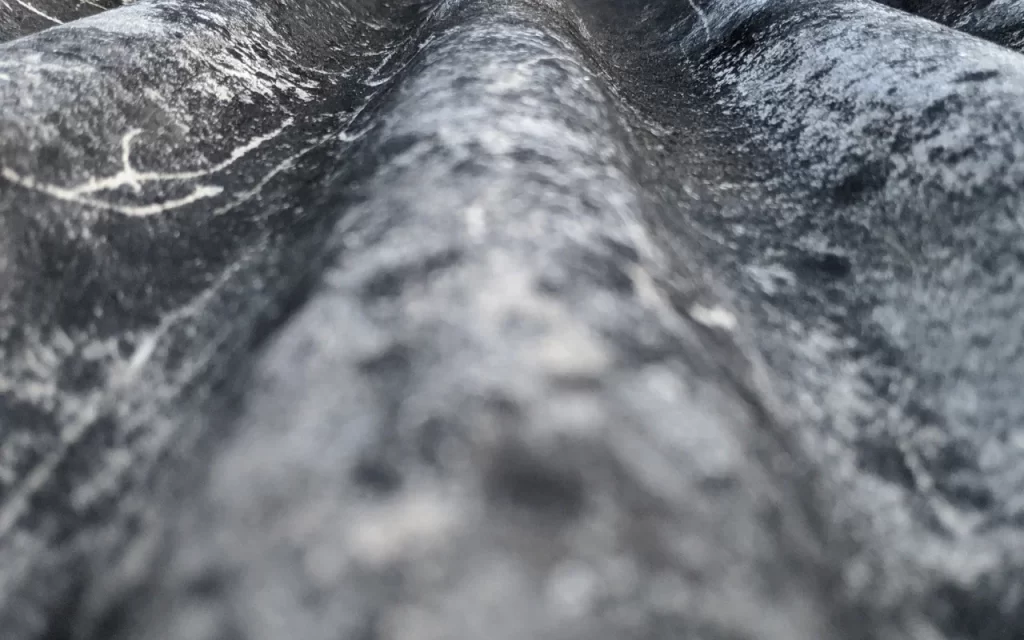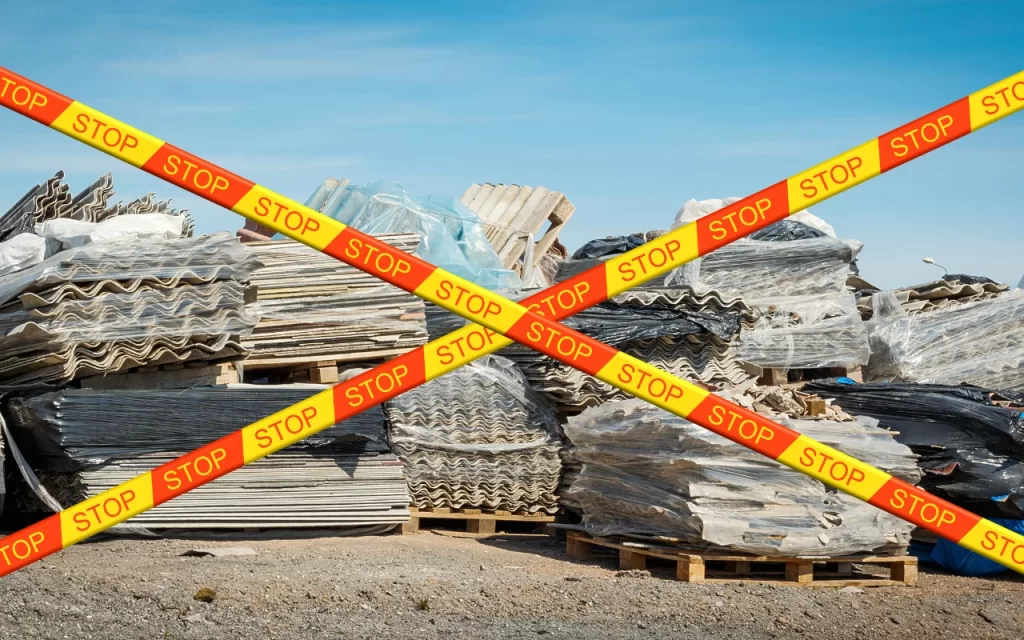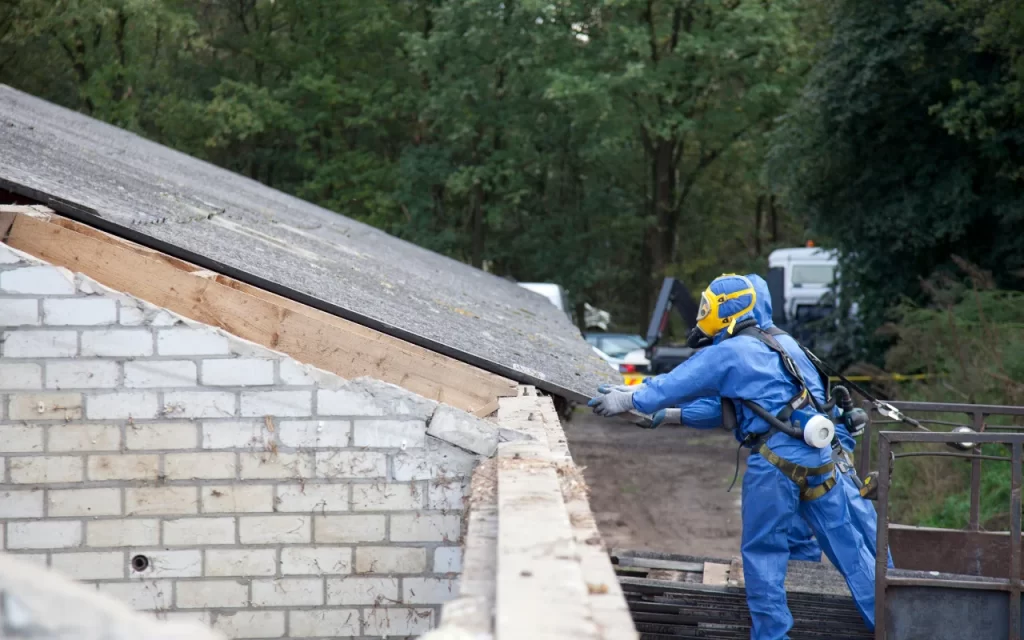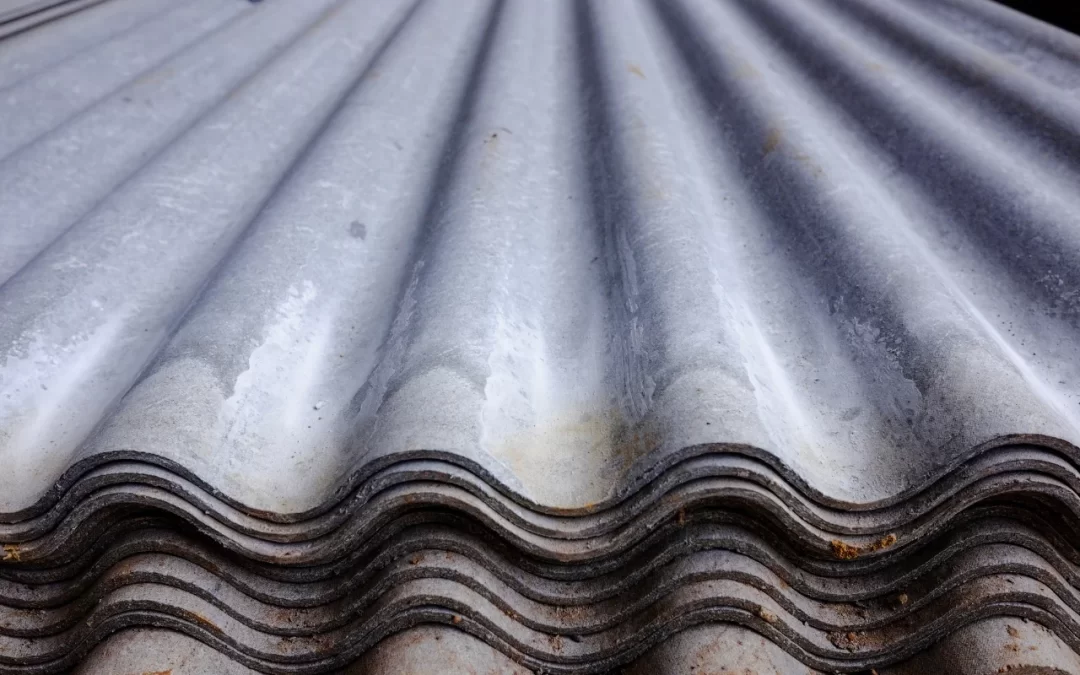A popular mineral, asbestos was once appreciated for its fire resistance, strength, and insulating properties. It was once widely used in Australian buildings and residences from the 1940s to the late 1980s. It was banned across the country in 2003, however, since it was discovered that it triggered widespread health issues when it was irritated.
Asbestos still exists in most of the older buildings despite the ban, and so proper testing has to be done prior to you undertaking any remodelling, demolition, or maintenance. Everything you’ll ever want to know in this article about how to test for asbestos properly and successfully as a landlord, building professional, or home owner is below.
Why You Should Test for Asbestos

There is a high probability that ACM was incorporated during the construction of your home before 1990. In general, it is safe as long as the products remain undisturbed and in their original condition. Still, harmful fibers are released into the atmosphere due to weathering, cracking, or renovation. These fibers can cause life-threatening diseases such as asbestosis, lung cancer, and mesothelioma when inhaled.
By testing for asbestos before beginning any structural work, you:
- Protect the health and safety of occupants and workers.
- Ensure legal compliance with local asbestos management regulations.
- Avoid costly mistakes or forced work stoppages due to contamination.
It’s a simple yet essential step that can save lives and prevent major disruptions.
Where Asbestos Might Be Hiding in Your Building
Asbestos was used in a wide variety of building products, meaning it could be present in many different places. Some common areas include:
- Roofing and eaves
- Ceiling insulation and wall linings
- Vinyl floor tiles and their backing
- Bathroom and laundry cement sheeting
- Electrical meter boards
- Pipes, flues, and boiler insulation
- Exterior cladding and fencing
In older homes, it’s not uncommon for multiple building materials to contain asbestos. Because the fibres are microscopic, you can’t see or smell asbestos—it must be confirmed through proper testing.
How to Test for Asbestos: Step-by-Step

1. Conduct a Visual Survey
Begin by inspecting any materials that seem to be worn, old, or deteriorated, especially if they seem to be fibrous insulation or cement sheeting. This will provide you with a general idea of where to begin, but it will not confirm asbestos on its own.
Special caution should be taken in rooms with textured surfaces or worn-out vinyl floors and also in moist areas such as bathrooms and laundry.
2. Choose a Testing Method: DIY or Professional
There are two main ways to test for asbestos:
- Professional Sample Testing
Hiring a licensed asbestos assessor or using a professional service ensures accurate results and safe collection methods. If you’re not confident handling samples yourself—or if the suspected material is crumbling, extensive, or in a hard-to-reach place—professional testing is strongly recommended. We offer reliable asbestos sample testing, with laboratory analysis performed by accredited technicians. - DIY Asbestos Test Kits
For simpler or low-risk situations, you can collect a sample yourself using a test kit. These kits typically include gloves, masks, and instructions to help you collect material safely and send it to a lab. Our asbestos test kit is ideal for homeowners who want a quick and easy solution backed by laboratory precision.
Both options ultimately lead to lab analysis, which is the only way to definitively confirm the presence of asbestos.
3. Collecting a Sample Safely
If you decide to use a DIY kit, follow strict safety procedures to protect yourself and others. Here’s a simplified process:
- Wear protective clothing, including disposable gloves, a P2 mask, and coveralls.
- Lightly dampen the material to prevent fibres from becoming airborne.
- Carefully remove a small sample (around the size of a coin) from an undisturbed area.
- Place the sample in a sealed bag or container, clearly labelled with its origin.
- Wipe down nearby surfaces and safely dispose of used protective gear.
Avoid creating dust or debris. Never use a vacuum cleaner or power tools when handling suspected asbestos materials. If you’re uncertain or uncomfortable collecting the sample, always opt for professional help.
4. Submit the Sample for Analysis
The sample has to be forwarded to a licensed laboratory after it is acquired. Analysis will take one to five business days. A complete report confirming the presence and form of asbestos will be forwarded to you; information will be required for planning the next course of action.
EnviroHealth’s professionals are available to simplify this process and make it trouble-free. along with ensuring that your results are accurate and timely, we can also analyze your report so you know precisely what you need to do next.
What Happens After You Get the Results?

If Asbestos Is Found
Don’t panic—many homes and buildings in Australia still contain asbestos. The key is managing it responsibly. If the material is in good condition and unlikely to be disturbed, it may be safer to leave it in place and monitor it regularly.
If the asbestos is damaged or will be impacted by renovations or demolition, professional remediation is usually required. To understand the financial implications, we recommend reviewing our breakdown of asbestos remediation costs, which explains the factors that influence removal pricing.
If No Asbestos Is Found
That’s great news! You can move ahead with your renovation, knowing that the area is safe. However, it’s worth noting that asbestos could still exist in other areas of the building—especially in older structures—so continue to test as needed when working on new sections.
Professional Testing vs. DIY Kits: What’s the Better Choice?
Choosing between a professional service and a DIY kit depends on a few key factors:
- Extent of the suspected asbestos material
If you’re dealing with large areas or friable materials (soft, powdery, or easily crumbled), professional testing is safer. - Your confidence and skill level
Comfortable following detailed safety instructions and collecting a sample? A DIY kit could save time and money. - Urgency or legal compliance
For workplaces or investment properties, professional testing is often required to meet workplace safety laws and regulations.
At EnviroHealth, we offer both DIY test kits and sample testing services to give our clients flexible, accurate, and safe options.
Should You Skip Testing and Just Remove the Material?
Some property owners are tempted to skip testing and go straight to removal. This is not only risky—it can also be illegal. Unconfirmed removal may result in exposure to airborne asbestos fibres, heavy fines, or stop-work orders from safety regulators.
Testing gives you a clear and legal foundation for what comes next. It ensures the correct safety measures are taken during removal and disposal, and it can also reduce the overall cost by targeting specific materials instead of entire areas.
We’re Here to Help
At EnviroHealth, we understand the confusion and concern that often surrounds asbestos. That’s why we provide a full range of testing and consultation services to guide you every step of the way. From identifying suspicious materials to delivering fast lab results and offering advice on next steps, we help Australians make their homes and workplaces safer.
You only need to deal with asbestos once—but when you do, it must be done properly. That’s where we come in.
What This Means for Your Property
Testing for asbestos isn’t just for large-scale renovations or demolitions—it’s a crucial safety measure for anyone living or working in older buildings. By identifying asbestos early, you can protect your health, avoid regulatory issues, and plan safe, cost-effective remediation if needed.
Whether you use a DIY kit or opt for professional asbestos sample testing, always handle the process with care. And if you do find asbestos, take time to learn about asbestos remediation costs so you can take the right next step.
Asbestos can be dangerous, but it’s manageable—with the right knowledge and the right partner. At EnviroHealth, we are committed to helping you handle asbestos testing with confidence and care.

